“Something wonderful, incredible happens when a substance as hard as metal takes shape in your hands. It’s an extraordinary sensation to physically create what was previously only imagination.” Olivier Vaucher should know. The studio he founded in Geneva in 1978 is one of the most highly regarded in the watch sector. Seventeen specialisations work side by side with the aim of “inspiring dreams at first sight.” There is, however, nothing imaginary about the talent, experience and perseverance it takes to bring these dreams to life.
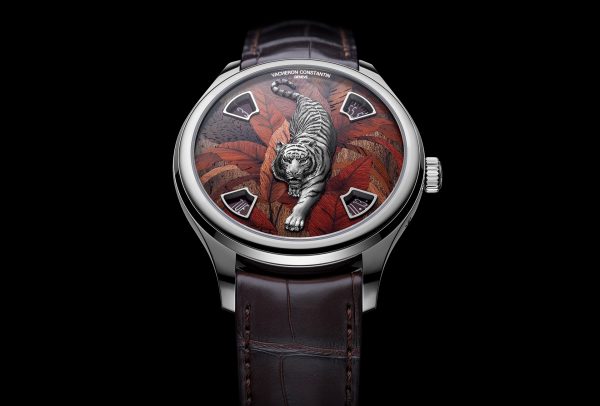
This would be no surprise to an eighteenth-century metal engraver, who would already have been expected to complete a six-year apprenticeship followed by two years as a compagnon or journeyman, visiting other workshops and acquiring the finer points of his trade before himself acceding to the rank of master. Just as watchmaking thrived in Geneva during the eighteenth century under the cabinotiers – the watchmakers located along the banks of the Rhône – the city was also home to more than 200 engravers. The profession then went into decline and, by the 1980s, had disappeared almost entirely as the lure of an engraved dial was replaced by a modern dream captured in liquid crystals. Light and shadow in different form…

It’s thanks to a handful of Manufactures, which never lost faith in the mechanical watch, that the engraver’s profession was pulled back from the brink. Patek Philippe is one of them. On its website, it tells how it “gave work to these artisans from the outset and continued to do so when decorated watches were no longer in fashion, keeping this precious knowledge alive. Today, having survived by a whisker, hand engraving is in demand. Connoisseurs admire it and even though the great craftsmen are in short supply, the survival of the next generation of engravers seems assured.”
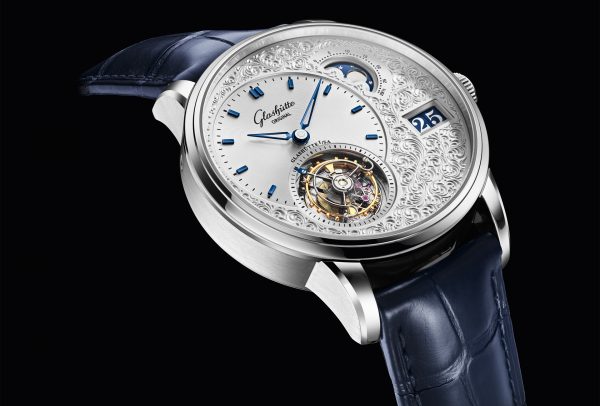
Steps have been taken in Switzerland to ensure this “next generation” is properly trained. In La Chaux-de-Fonds, the Ecole d’Arts Appliqués runs a four-year curriculum in hand-engraving that prepares students for a federal diploma. Since 2016 the Richemont group has offered a similar course, open to all brands, at its Campus Genevois de Haute Horlogerie. Switzerland now “produces” three to five newly qualified engravers each year, who go on to work for brands or specialised studios. After a further ten years chisel and graver in hand (as Vacheron Constantin reminds us), they will have gained the experience required to tackle the more complex techniques such as pouncing, which is a type of relief engraving.
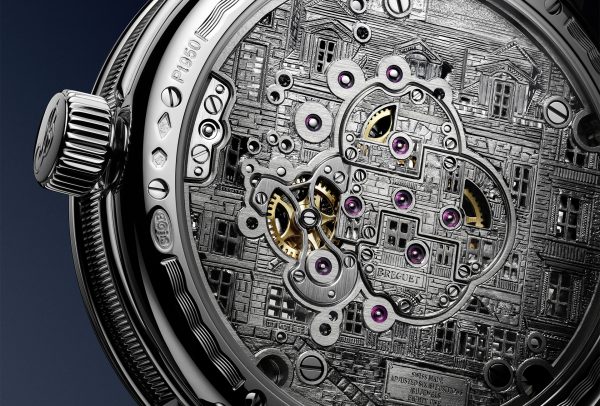
Relief engraving, which produces a raised design, is one of the three main techniques alongside intaglio (which forms hollows) and chasing (using a hammer and chisel) which the engraver employs to transform a plain surface into a magnificently ornamented piece. Movement parts are decorated with special finishes such as sunray brushing, circular graining, snailing and chamfering while dials are engine-turned (also known as guillochage). However, while the vast majority of Haute Horlogerie brands incorporate these finishes into timepieces that gain a little extra soul in the process, not all choose to single out the engraver’s art for special recognition.
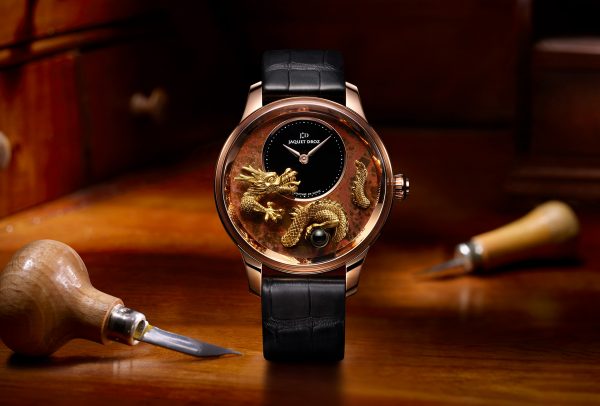
The first to do so were the storied Manufactures whose associations with the decorative arts are as old as the brand itself, led by Patek Philippe and Vacheron Constantin. Others followed suit and opened special departments dedicated to the métiers d’art. Cartier, for example, cut the ribbon at its Maison des Métiers d’Art in 2014. Blancpain and Jaquet Droz also have their own specialised workshops. Newer names reviving ancient origins, such as Bovet, have also been at pains to cultivate an art that helped forge their renown. Not forgetting those Manufactures that have made engine-turning a signature of their work: Breguet and Parmigiani spring to mind.
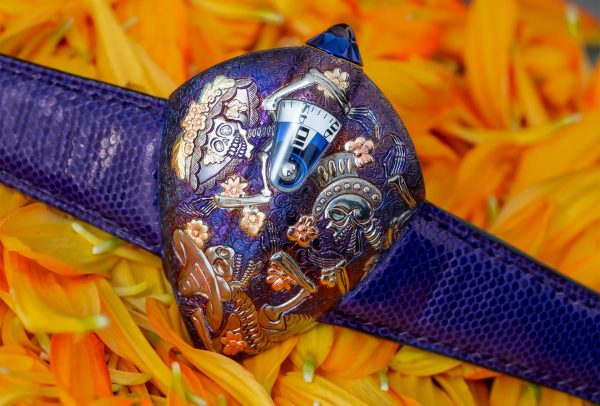
More unexpectedly perhaps, representatives of watchmaking’s “new wave” are also giving master engravers untold opportunities to express their artistry and skill. After last year’s extraordinary Dream Watch 5 Armilia, engraved by Michèle Rothen from a drawing by comic-book artist François Schuiten, De Bethune returns this year with the DW5 Cempasúchil. Also the work of Michèle Rothen, its ornate decoration borrows from the symbols associated with the Mexican Day of the Dead celebration. The case is titanium, a metal that is even harder to engrave than steel, with gold inlays. The finished engraving is flame-heated (De Bethune developed this metallurgy technique in its own foundry) to impart subtle colour to the floral details.
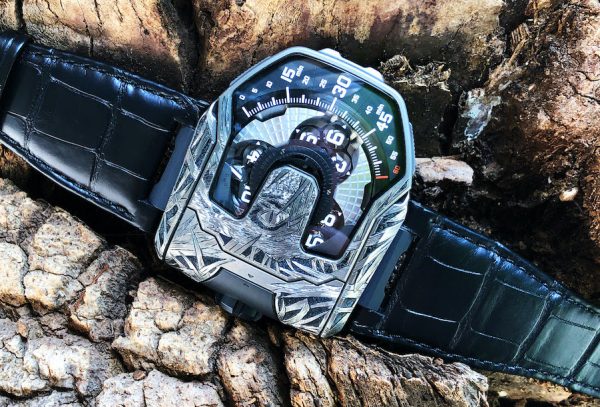
The UR-T8 Raptor that Urwerk unveiled this summer features a scene straight out of Jurassic Park. The two jaw-droppingly lifelike T-Rex Raptors that roam across the watch’s case are the work of Johnny “King Nerd” Dowell. He recalls how “when I was given the UR-T8 as a basis for my work, my eyes shone immediately. I was granted carte blanche to adorn the front and back of the watch and I had a lot of fun with it. The dark side of the case inspired me to create this slightly aggressive, dangerous, primitive pattern. I also indulged in one of my favourite exercises, working on shading and subtle colour gradients.” The watch was specially made for Chopard’s Art in Time gallery in Monaco and auctioned to raise money for the Monaco Red Cross.
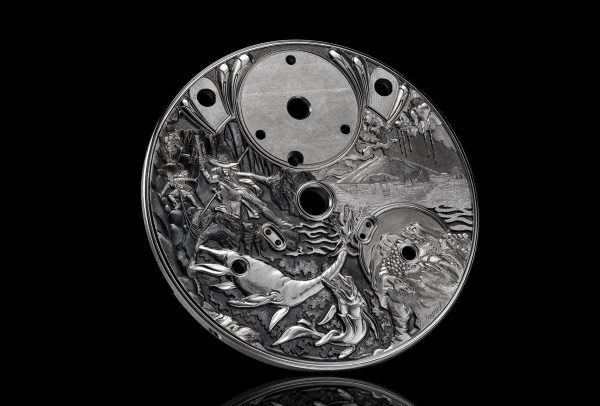
MB&F had already commissioned Eddy Jaquet on several occasions to engrave the script on its Legacy Machine movements: “modest use of an amazing gift” in the words of the brand’s founder Maximilian Büsser, akin to “playing Für Elise on a Stradivarius violin.” Righting this wrong, so to speak, Büsser invited the engraver to decorate the dial of eight Legacy Machine Split Escapements, giving free rein to his talent and imagination to illustrate the novels of Jules Verne. MB&F offered a glimpse of these unique pieces at the Geneva Watch Days fair in late August.


























